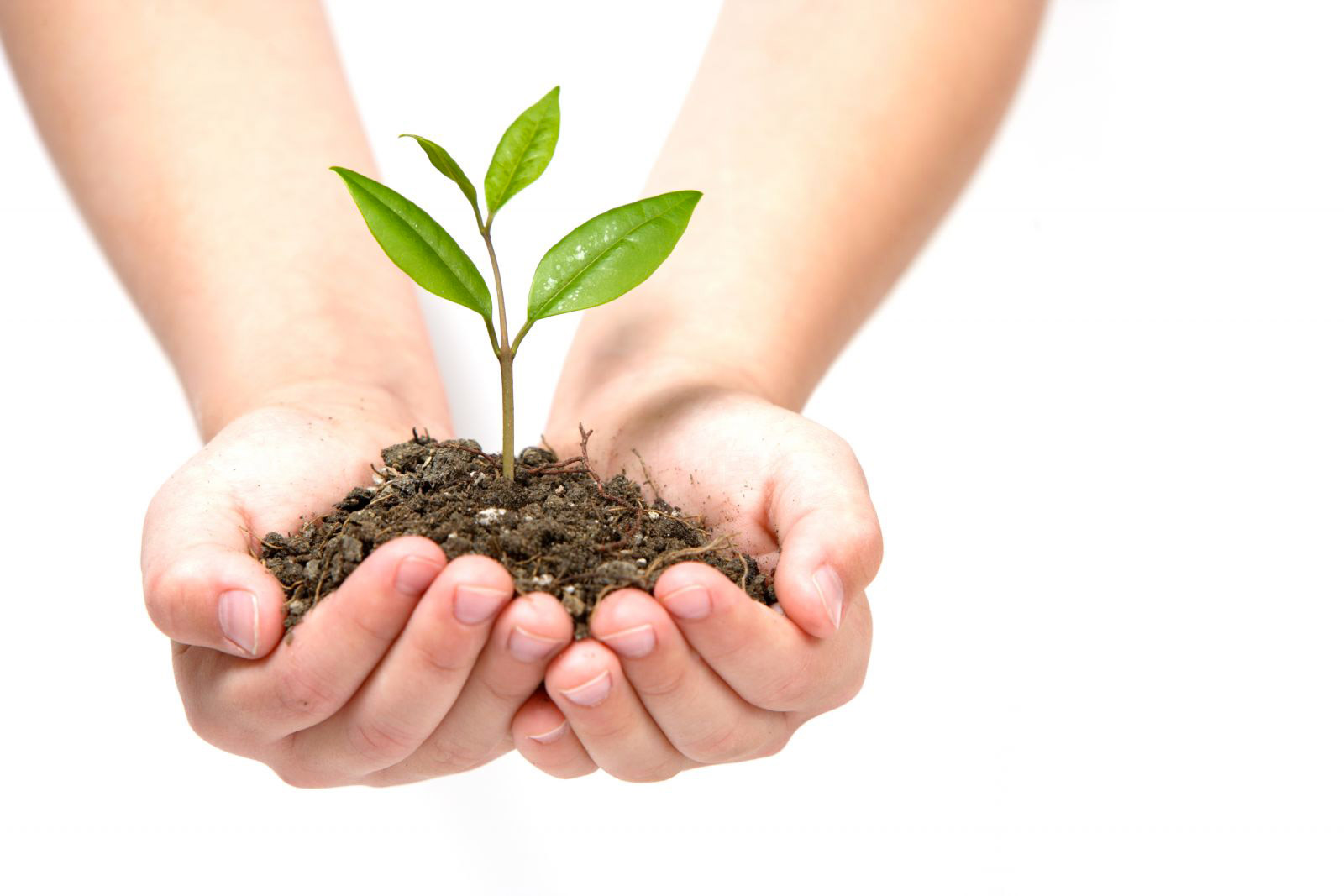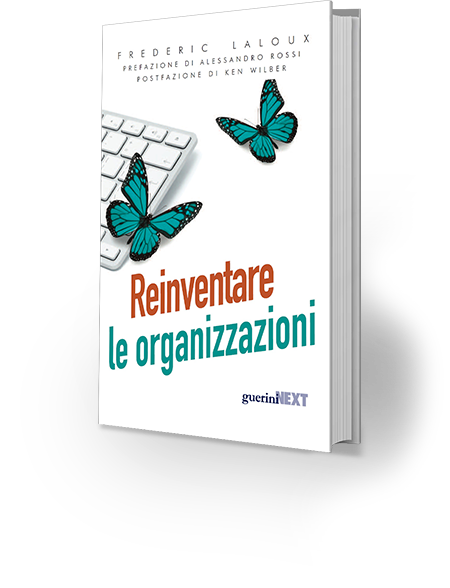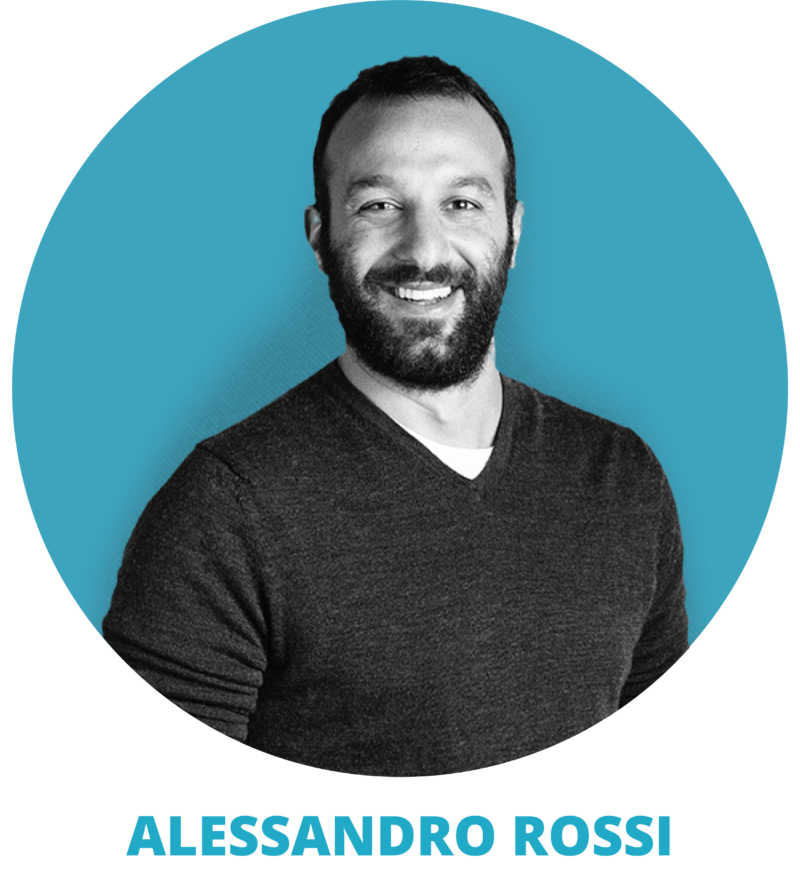After having reviewed together the previous organizational paradigms, from Red to Green, we have arrived at the Evolutionary-Teal stage.
This Evolutionary level is defined by several integral theory scholars, albeit with different nuances, as the first leap toward a “second tier” paradigm, in which the previous organizational paradigms are no longer denied, but transcended and integrated. In this new stage the ego is recognized and managed by individuals and detachment is taken from its greed. Ambition is kept in control and there is confidence in the abundance of life. Recognition becomes a pleasurable accomplishment, but it is no longer the source from which decisions are made. “Who am I?” and “What do I want to bring into the world?” become two pivotal questions in the journey of life, including organizational life, and people focuse on the ability to live in the present.
“This is like a Copernican revolution, in an age that tells us that we can become anything we want to be, if we just want to and work for it. If we become ‘Teal’, instead of setting goals for our lives and dictating what direction it should take, we learn to let go and listen to the life that wants to be lived through us”. Frederic Laloux
the characteristics
Practices such as mindfulness and building on the strengths of individuals become important. The focus is oriented toward proactivity and action in that there is no fear of judgment and having to please. People learn by doing and by finding solutions through action. Wisdom takes the place of rationality and intuition takes on an important value. The scientific-reductionist view disappears in favor of a more complete and holistic view of the world, connected to the laws of nature.
“The main problem in the world is the result of the difference between how nature works and the way people think”. Gregory Bateson
the organizational metaphor
The metaphor par excellence of the Evolutionary-Teal paradigm considers the organization as a Living Organism, and no longer as a machine.

These organizations accept the existing complexity and try to address it with collaborative models that replicate the way nature works. They profoundly change some elements from previous paradigms: the organizational structure and the way power is managed, the view of the person and his or her potential, the horizontal tension towards the customer as a beacon in decision-making, the simplicity of approaches to eliminate bureaucracy, the shift from separation to connection.
the novelties
The 3 innovations that the Evolutionary-Teal Organization brings are:
- SELF-MANAGEMENT: There is a shift from organizations structured on the hierarchical pyramid to organizations whose structure is typically based on autonomy, responsibility and the ability for each individual to make decisions. Leadership is therefore distributed. The organization chart of these organizations is based on “cells” (typically a team, but there are organizations where the cell is even an individual) and an almost total absence of intermediate levels and staff functions. The shape of the network, or circular structures, replicates what is often observed in nature as a natural form. Hierarchy is rather flat from an organizational standpoint, but well present in terms of hierarchies of expertise and implementation, where those with the ability to make decisions move within social processes of alignment. Work processes are formed to ensure that activities function properly and that the collective intelligence needed to make the right decisions is activated. Proposers and decision-makers are no longer separated by a role, but embodied in the individual. The role of the CEO within distributed leadership becomes a role of “guardian” of values. The distribution of power allows for speed. The ability to manage conflict supports high social control over the standards of quality to be maintained. The apparent concern of possible chaos and misalignment is overcome by work processes centered on relationship and constant recognition of purpose as a guide in decision making. Widespread empowerment and self-empowerment paradoxically ensures greater control.
- WHOLENESS: you look at the world with a holistic, multi-disciplinary, organic vision. This vision is substantiated equally on the organizational theme and on the individual theme. The development of the individual as a whole becomes a central element in this paradigm. The concept of “work-life balance” is eliminated. People bring “themselves” to work, there is no need to divide the professional and private sides. Practices related to human resources are transformed: performance management, for example, is typically team-based, and when it comes to the individual, it has a strong focus on supporting them in their life journey.
- EVOLUTIONARY PURPOSE: The glue is a strong purpose guaranteed by a strong corporate culture. Unlike the green paradigm, purpose is viewed in an evolutionary way, that is, as a “living” element that drives every decision. The CEO is the expression and guide of that purpose and his/her job is strongly focused on continually telling the story. The organization, similar to a flock of birds, moves by seizing opportunities and changes in a very fast and united way, guided by a sort of common DNA, expressed by the purpose. The strategy emerges organically and competition is seen as unimportant: competitors are the signal that the purpose is also carried forward by other groups. Marketing and product development is defined more by purpose and intuition than by large marketing segmentations. The integrated structure then takes shape. The forms observed in these organizations can be diverse and express the previously described concept of self-organization. The theoretical basis from which they arise is well described by Lievegoed’s (1973) concept of cloverleaf organization.
the decision-making model
In the Teal paradigm the decision-making model passes from “empower & adapt” to “self-organized & adapt“. The very concept of empowerment loses strength in structures in which self-organization guarantees self-sustaining levels of empowerment. The context of best adaptation is certainly the complex, but the ability of this approach to look at systems in an integrated way produces a constant attempt to move decision models according to the context, recognizing the need to move on the border between different ontologies.
Do you want to learn more about the Teal Organization and different organizational paradigms? Discover “Reinventing Organizations“!
Would you like to find out what steps to take to start a journey towards the Teal model?



